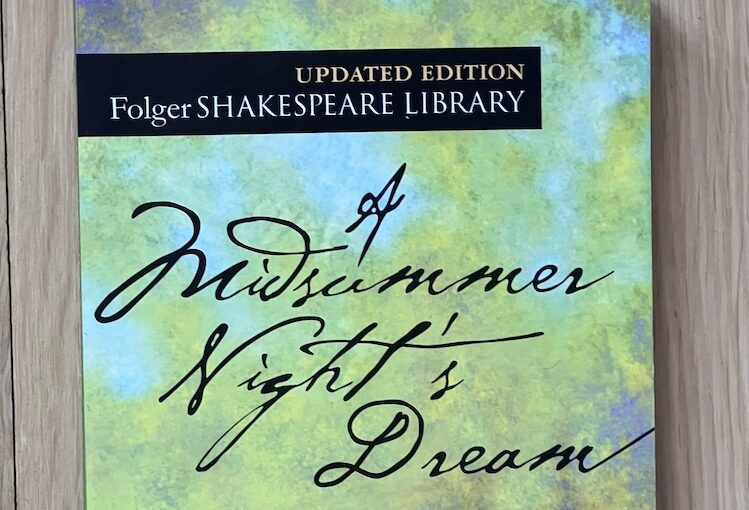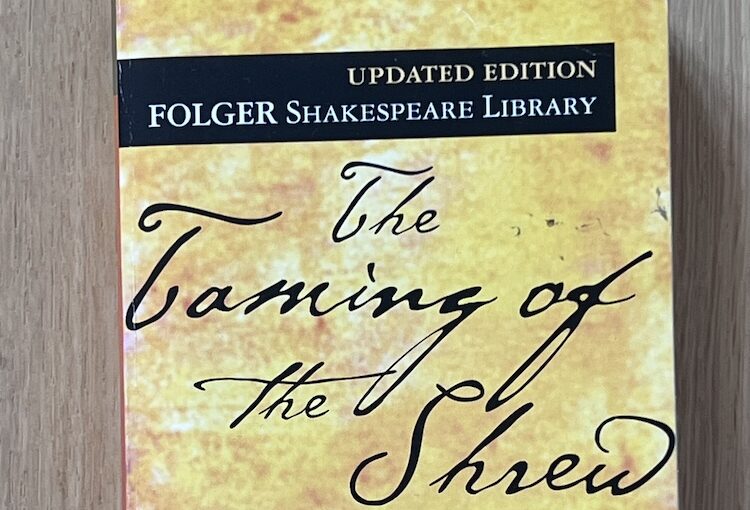September 2024
Reading as part of the Fall 2024 Shakespeare course — see general notes for more.
Precis of A Midsummer Night’s Dream
Theseus, ruler of Athens, is to marry Hippolyta, conquered Amazon Queen, in four days. Two men, Demetrius and Lysander, are interested in Hermia; Hermia is promised to Demetrius, but is in love with Lysander. Helena, her friend from childhood, is in love with Demetrius, but he spurns her. Oberon and Titania, King and Queen of the Faeries, are amidst a long quarrel over an Indian boy. Oberon engages the Puck, Robin Goodfellow, to enchant Titania, and while he’s at it, tells puck to enchant Demetrius so that he will love Helena. Puck enchants the wrong person, Lysander, and then the right person, Demetrius, so that they are now both in pursuit of Helena, much to Hermia’s distress. Helena believes neither Lysander nor Demetrius, nor Hermia when she says she believes its true. Eventually Puck releases Lysander from the enchantment, and the marriage matches are now aligned.
Throughout the play, some humble townsfolk have been preparing a play for Theseus and Hippolyta’s marriage, interrupted only by Puck enchanting Bottom, the chief player, by turning his head to that of an ass. After Puck releases Bottom, the play is performed, and it is so bad that it amuses the wedding party. Puck concludes with a speech about creativity and airy nothings.
Continue reading A Midsummer Night’s DreamViews: 5


